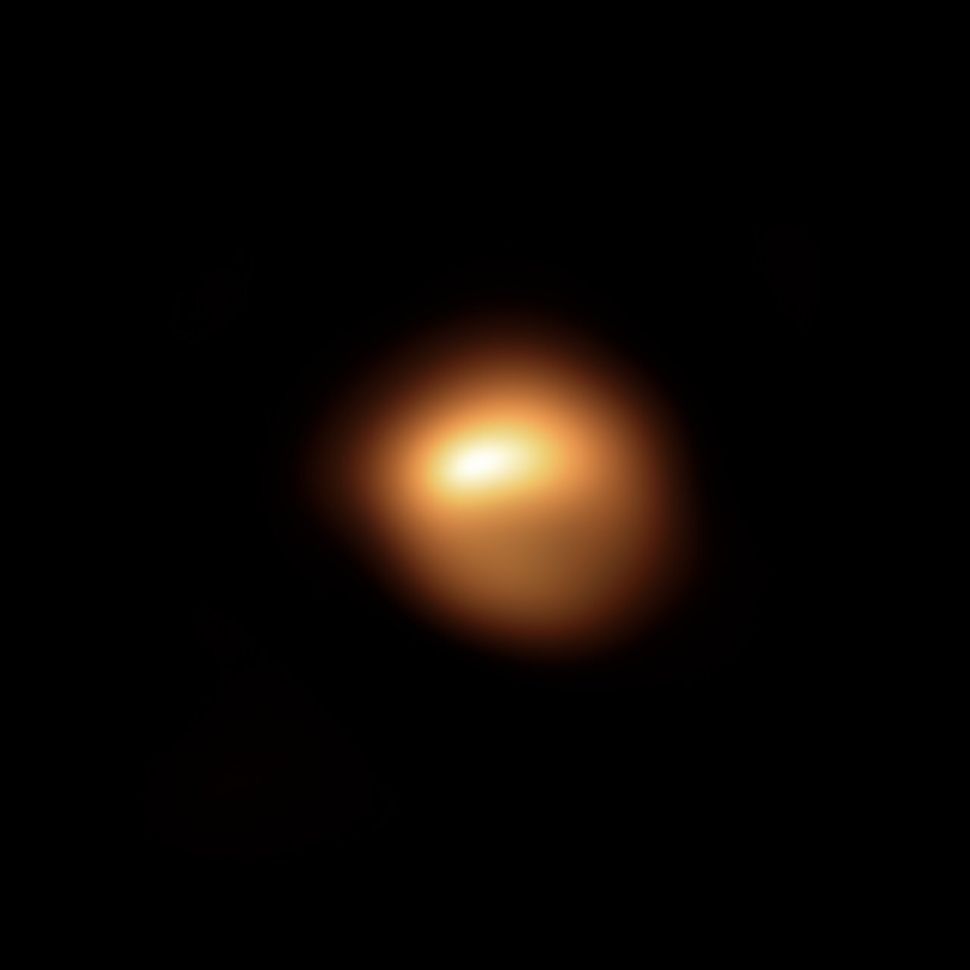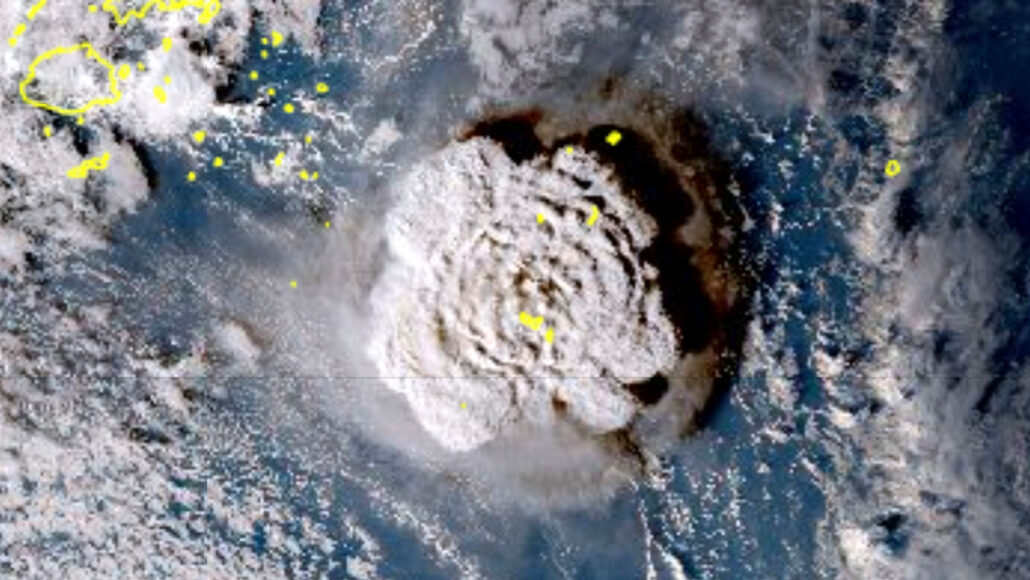Undoubtedly, Betelgeuse, a red giant star, has depleted its primary hydrogen fuel and currently engages in the fusion of helium in its core to create heavier elements. The unmistakable stage of a star exhausting its hydrogen reserves in its lifespan cannot be overlooked.
When stars become depleted in hydrogen, they must invest additional energy to ignite the helium generated during hydrogen fusion. This energy expenditure compels them to expand significantly, often growing dozens of times larger than their initial size. Simultaneously, this expansion causes them to cool down and adopt a redder hue.
Astronomers are well aware of the immense size of Betelgeuse. If this star were positioned at the center of our solar system, the searing gases within its outer atmosphere would extend far beyond Jupiter, encompassing the gas giant completely.
Nonetheless, accurately measuring the precise diameter of Betelgeuse poses a challenge. Rather than existing as a uniformly smooth sphere of plasma, Betelgeuse presents itself as a conglomerate of irregularly shaped gas bubbles intertwined with expelled dust clouds.
The task of measuring Betelgeuse’s diameter is undoubtedly challenging. However, the determination of Betelgeuse’s remaining lifespan relies heavily on understanding its size.
In a recent and somewhat contentious study, a group of astronomers led by Hideyuki Saio from Tohoku University in Japan proposes that Betelgeuse exceeds the size estimates put forth by most researchers. This proposition gains credibility from Betelgeuse’s well-documented pulsations, wherein the star periodically expands and contracts, causing fluctuations in its brightness. These pulsations offer valuable insights into Betelgeuse’s true dimensions.
One of the most prominent observations is the periodic variation in Betelgeuse’s brightness, occurring approximately every 420 days. Astronomers attribute this phenomenon, known as the fundamental mode, to the cyclic expansion of the star’s envelope—an outer region that exhibits a roughly spherical shape. This regular brightening corresponds to the periodic expansion of Betelgeuse’s outer layers.



